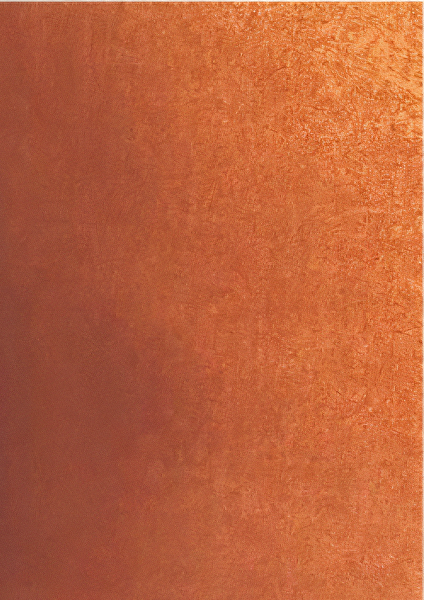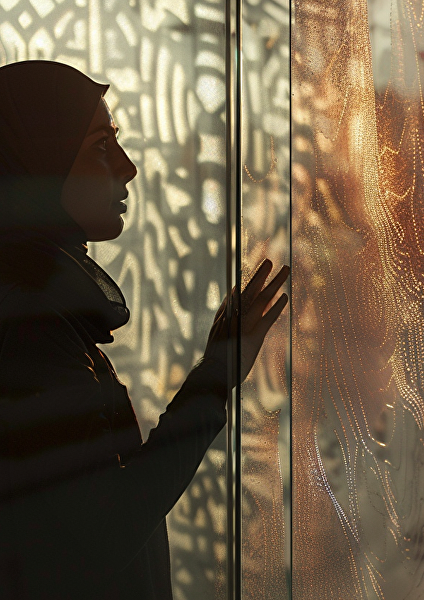
How trends shape the future of facades - Looking back at BAU 2025
A month after BAU 2025, the key takeaways from the exhibition continue to guide the conversation around facade design. Across the industry, one thing stood out—durability, long-term performance, and design freedom are the key factors shaping material choices, with innovation playing a central role in achieving them.

While architects, facade builders, and contractors seek cutting-edge aesthetics, their main priority remains high-performance, low-maintenance solutions that offer both protection and creative flexibility. Alumet and Panelox are at the forefront of these discussions, providing advanced anodizing solutions that enhance durability, protect against environmental challenges, and expand design possibilities like never before.
Key Trends We Observed at BAU 2025
1. Durability & Protection: Addressing a Critical Challenge in Facade Materials
One of the biggest concerns at BAU was ensuring facade materials can withstand long-term exposure to harsh environments, contamination, and mechanical stress. While anodized aluminum is known for its color retention, weather resistance, and low maintenance, contamination from concrete and cement water remains a major issue for contractors and builders. These high-pH substances can damage anodized surfaces beyond repair, leading to costly replacements.
This is why AluGuard was developed—a breakthrough permanent protective seal that creates a barrier against alkaline contamination, scratches, and corrosion. Unlike traditional sealing methods, AluGuard has been rigorously tested and approved under BS3987 and Qualanod standards, proving its effectiveness in protecting anodized aluminum in even the most demanding environments. For contractors, this means a stronger, more durable solution that eliminates one of the key challenges in facade projects, ensuring that anodized aluminum remains a long-term, worry-free investment.
2. Expanding Design Freedom with Panelox
Beyond durability, BAU 2025 confirmed that architects and designers are prioritizing creative freedom in facade design. Facades are no longer just functional—they’re expected to tell a story, reflect identity, and adapt to the vision behind a project.
Panelox empowers architects with double anodizing and anodized gradients, allowing them to create unique patterns, images, and seamless transitions that shift dynamically with light and perspective. Alongside this, full panels with minimal to no crazing ensure a flawless, high-end aesthetic that maintains its premium look over time. These innovations give architects more flexibility than ever before, proving that performance and design freedom can go hand in hand.
3. A New Standard for Seamless Aesthetics
While performance and customization took center stage, there was also a growing appreciation for seamless facade designs. Panelox’s seamless tiles enable infinite looping designs, ensuring a continuous, uninterrupted flow across a building’s surface. This approach eliminates the need for visible joints, making it easier to achieve a modern, cohesive aesthetic without compromise.
Leading Innovation in Facade Design
BAU 2025 reaffirmed what we’ve always known—architects, facade builders, and contractors want facade solutions that deliver on performance, protection, and design freedom. With AluGuard’s next-level protection, Panelox’s double anodizing and gradients, and seamless panel solutions, Alumet continues to lead the industry with innovative, high-performance anodizing solutions that shape the future of architecture.
The future of facade design is evolving, and we’re ensuring it moves forward with durability, creativity, and precision at its core.

